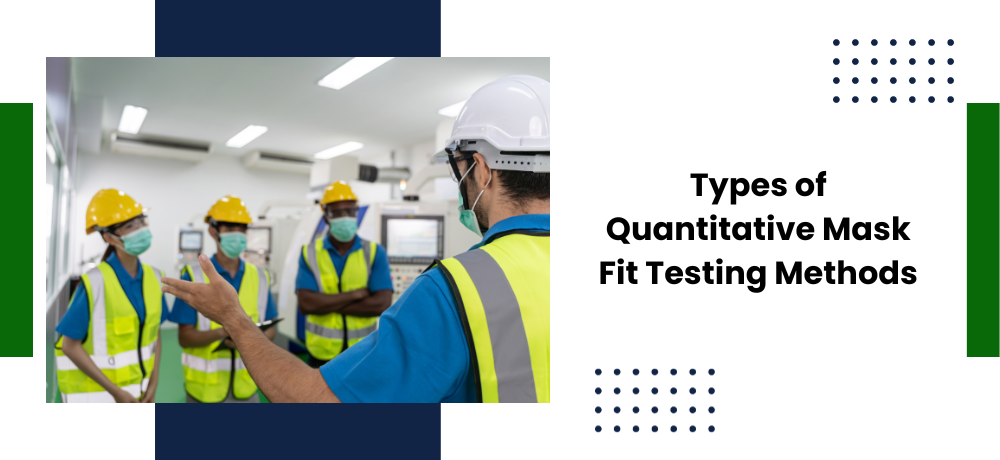
Types of Quantitative Mask Fit Testing Methods
- Manson Methods Inc.
When it comes to workplace safety, one crucial aspect is ensuring the right fit for respiratory masks. In this blog post, we will explore the various types of quantitative mask fit testing methods available to guarantee the safety and health of your employees. By understanding these methods, you can make informed decisions that will protect your workforce.
PortaCount Fit Test:
The PortaCount Fit Test is a highly regarded quantitative method used for assessing the efficacy of respiratory mask seals. It operates on the principle that an adequately fitting mask will prevent any leakage of airborne particles. By comparing particle concentrations inside and outside the mask, this test provides a numerical fit factor. This precise measurement can play a crucial role in safeguarding workers exposed to hazardous environments, offering them enhanced protection against airborne contaminants.
Controlled Negative Pressure (CNP) Fit Test:
CNP fit testing involves the creation of negative pressure inside the mask through the use of a vacuum pump, thus simulating inhalation. The objective here is to measure the rate at which the mask leaks air when subjected to negative pressure. A lower leakage rate indicates a more secure fit, which is of paramount importance for full-face respirators and gas masks. By utilizing this method, employers can be more confident in the safety of their workers operating in environments with respiratory risks.
Ambient Aerosol Condensation Nuclei Counter (CNC) Fit Test:
The CNC fit test method takes advantage of an aerosol spectrometer to count and size particles inside and outside the mask. It assesses the fit based on the number and size of particles that manage to infiltrate the mask during simulated breathing. This testing approach is frequently employed for N95 respirators and other filtering facepiece masks, ensuring that employees are adequately shielded against airborne contaminants and pathogens, thereby bolstering their well-being.
Generated Aerosol Fit Test:
The generated aerosol fit test is an effective method that involves introducing a specific aerosol into a controlled test chamber. Using a photometer to measure particle concentrations inside and outside the mask, this approach provides a direct comparison, enabling quantification of the mask's fit. By ensuring a secure seal, this test contributes significantly to protecting employees from various airborne hazards and hazards that they may encounter in their work environments.
Controlled Negative Pressure Redon Fit Test:
The Controlled Negative Pressure Redon Fit Test is a modification of the CNP fit test. This method connects the mask to a manometer to measure the pressure inside with greater precision. This refinement results in more accurate measurements of mask leakage, thus providing a clearer and more reliable assessment of the fit factor. It is an essential tool in guaranteeing the safety and health of workers in high-risk work settings.
In the pursuit of workplace safety, ensuring that respiratory masks fit correctly is vital. Quantitative mask fit testing methods like the PortaCount Fit Test, CNP Fit Test, CNC Fit Test, Generated Aerosol Fit Test, and Controlled Negative Pressure Redon Fit Test provide reliable ways to quantify mask fit. These tests help protect your employees from airborne hazards by ensuring that their masks create an effective seal, enhancing their safety and health in hazardous environments. Familiarizing yourself with these methods is a proactive step toward a safer and healthier workplace. For further information on these methods and how we can benefit your organization, we encourage you to reach out to Manson Methods Inc., a trusted expert in workplace safety and mask fit testing. Our expertise can be instrumental in ensuring the well-being of your workforce. To learn more about the services we offer, please click here. To get in touch with us, please click here or give us a call at (647) 236-6252.
